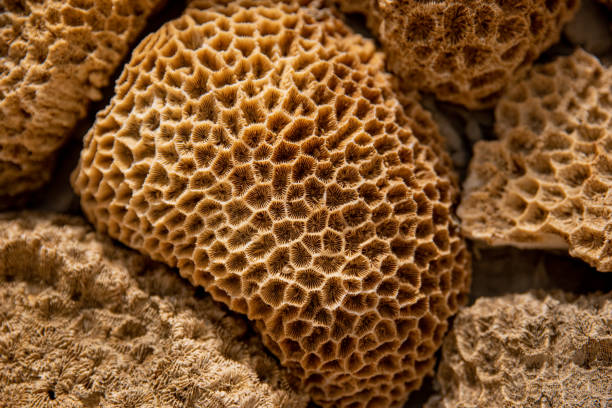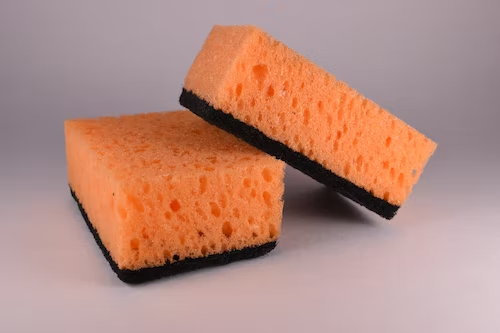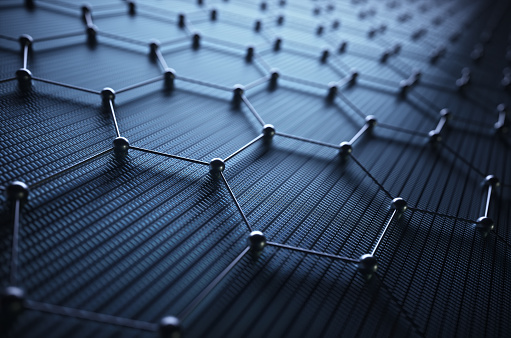How Do Sponges Work?
A long-lasting question that I have had for a long time is how do sponges work? It seems pretty trivial, but it is quite valid. We use them almost every day, from our bathrooms to our kitchens. The sponge has a place in everyone’s home. And yet, people tend to know so little about them. We have all been raised to believe that an object with holes is incapable of holding liquid, and yet, here we are, facing one of the most absorbing substances, and it looks like swiss cheese. Hence, today I will reveal the mysteries of the sponge.
Sponges stem from the ocean animal, the sea sponge. Sea sponges are composed of a material called spongin; they have no particular organs(heart, lung, stomach). Instead, they breathe and absorb nutrition by filtering the water that enters their cavities. See sponges, until recently, have been harvested for their soft nature and absorbent capabilities. However, used since the Romans to the early 20th century, sea sponges have been exposed to the dangers of overfishing.

However, as of recently, sponges have been produced synthetically. This was done by Du Pont researchers who discovered they could create a cheaper and more durable synthetic sponge by mixing cellulose, sodium sulfate, and hemp fiber. However, now sponges are also made with foamed or spun plastic polymers, which also increase their strength.

What gives sponges their absorbing abilities? Since sponges are only 34 percent spongin, it allows for a significant amount of water to take up the excess space. However, the water doesn’t leave the sponge, thanks to its flexible skeleton (or synthetic equivalent). This is done by holding water in its complex cavities with many channels and dead ends. These narrow channels use cohesive attractive forces to keep the water within the sponge.
